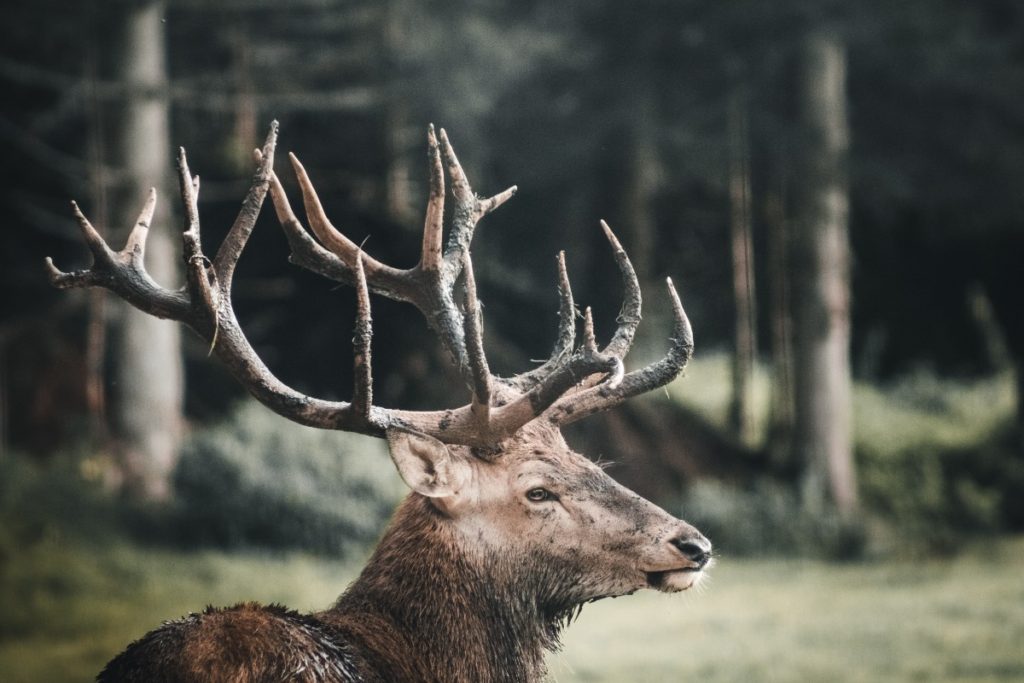Deer are prey animals, found in woodland and surrounding grassland areas. This makes them vulnerable to predators when it comes to sleeping. So, where do deer sleep? Let’s find out.
What Makes a Good Bedding Area to Sleep?
A deer will choose their bedding area (the place they sleep or lay down to rest) based on three very important criteria:
- Is the area free of potential danger?
- Are there multiple exit points?
- Does the bedding area provide shelter and camouflage?
A deer will not rest in an area that is open or where they have heard or scented a nearby predator. They will select an area of thick vegetation on the edge of woodland where there is plenty of space to escape if they sense danger.
Age of Deer Matters
The age of a deer is one of the biggest factors that determines where they will choose to sleep. A thick patch of grass provides a safe and camouflage sleeping spot for a new born fawn, while also allowing them space to run should they need to.
A bedding area that provides coverage will also protect the deer from winds and light rain, which can cause illness in very young fawns.
Older deer tend to return to familiar bedding areas to sleep if they proved to be safe and sheltered. A new bedding area comes with unknowns and the deer will not rest as comfortably.

Time of Day
Deer are mostly crepuscular, meaning they are most active after sunset and before sunrise. However, it is not uncommon to see deer active during the day. This is especially true in wooded areas or places close to good food sources.
During the day, deer will choose thick grasses of 4 feet or more in height to provide camouflage from predators. They may also venture into thicker woodland and rest under older trees with large canopies and thick trunks.
Also Read: What Colors Can Deer See?
The best spots are in dense woodland where trees are surrounded by thick brush to provide added protection against the elements. It also reduces the chances of being spotted by predators.
Deer living in remote areas will sleep in pretty much any area, even open spaces, provided they have a good line of sight. They prefer higher elevations and areas of thick grasses when they have fawns with them. Deer will also sometimes sleep in small groups, which provides extra protection and more eyes and ears to sense danger.
Sleep Cycle of Deer
Deer are excellent sleepers, capable of micro naps or longer periods of sleep. A sleep cycle can last from less than 1 minute to just under 1 hour. Some deer may sleep for 1 or 2 sleep cycles before waking or they just choose to have a short nap before moving on.
It is also common for deer to get up between sleep cycles to forage for food or to relieve themselves, before returning to their bedding spot to sleep again. Perhaps as a defence mechanism, deer do not sleep more than an hour without waking. This gives them the best chance of listening for and sensing potential threats.

